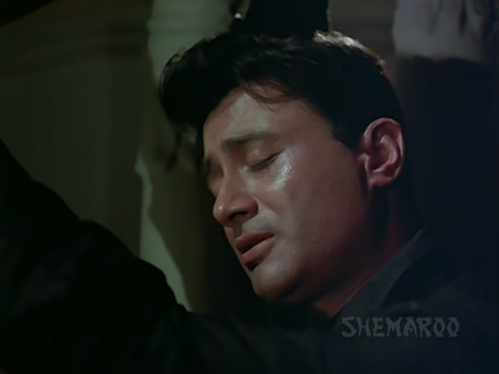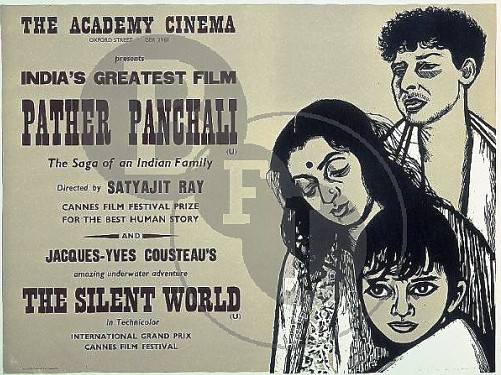Elements are those aspects of Cinema's visual field which exist independent and prior to camera activity, it contains all attributes related to Film settings, Costumes, Props, Lighting, Acting and Narration style. All these elements existed even when camera was not there. Theater, opera and other stage performance arts had already mastered the impact of all these elements even before the discovery of camera and motion picture. Thus all such elements even though central to cinematography are not exclusive to its domain. Even though pioneered before the advent of camera, such elements reached the zenith of their importance when they reached the audience infused with tight cinematography. for example the unique camera angles and effects that master filmmakers provided to their scenes accentuated them and educated audience about their real importance and impact value. Think of the scene in "The Godfather" where Marlon Brando is sitting in the dark room. Now ponder over importance of all the elements in that scene, the uniqueness which alternate close and distance shots brought to it and you will understand the importance of both the camera work and elements.
Cinematography and camera work i will focus in second essay on cinema, this essay is devoted to the Cinema Elements.
Film Settings:
Settings depend upon time period of events, scale and desired effect. Settings are cloths of a scene just like costumes and dresses are for actors. Think of a period film set in Roman age and a science fiction set 50 years in future. You will see a marked difference even in similar scene, that's precisely because of totally different settings all together necessitated by the such a drastic time difference between happening of both the events. Consider a scene where protagonist is going out with friends to have some fun. In a period film he will most probably ride on his chariot with friends and go for hunting in forests. whereby in any contemporary film protagonist is more likely to go to any bar or restaurant. whereby science fiction will provide bit more independence regarding choosing recreation spot and activity. Now where some difference in scenes would be because of cultural differences between ages of the period of events. Some difference is because of change in technology of time periods. That difference is the necessary difference, whereby rest depends upon creativity of director.
Whether expansive or small budget, large scale or narrow scale, realistic or stylish, film settings are pivotal to film making. they are not just wallpaper or wall paint to the room of events, but part of events themselves. Heavy rains in Akira Kurosawa Films always created a gloomy and heavy setting, which created backdrop for most dramatic scenes of his Cinematic masterpieces.
At the most trivial level, locations always served to reinforce the plausibility of certain type of narrative in most of the stories. A typical crime based narrative will seem totally out of order without its streets, smoke filled bars, neighborhood diners, Whereby a horror film will look out of place without large houses, attics, castles , forests, shadow effect etc.
That's how particular spaces have become synonym with particular genres, thanks to repetitive use of similar settings and techniques employed by film makers to get the desired effect.
Similarly locations are sometimes used to justify particular aspect of character of film rather than just the necessity. For example "The Good The Bad The Ugly", being a crime story was so different in narrative and style. The desert settings were used not only to show a particular region of america only, but also to show tough life of characters in the film and justify their barbarous nature to some extent. So that violence in the film can be justified and protagonist will get some positive light to his character despite being only a thug. Such symbolic use of space is especially vivid in European Cinema, for example in post first world war German expressionist cinema, where even in a vampire film "Nosferatu" conditions of post war German life was shot in detail to reflect the impact of war on Germany. Thus settings have always been employed by filmmakers to accentuate and reinforce the narrative, be it Three colors triology by krzysztof kieslowski or "La Dolce Vita" by Federico Fellini.
Cinematography and camera work i will focus in second essay on cinema, this essay is devoted to the Cinema Elements.
Film Settings:
Settings depend upon time period of events, scale and desired effect. Settings are cloths of a scene just like costumes and dresses are for actors. Think of a period film set in Roman age and a science fiction set 50 years in future. You will see a marked difference even in similar scene, that's precisely because of totally different settings all together necessitated by the such a drastic time difference between happening of both the events. Consider a scene where protagonist is going out with friends to have some fun. In a period film he will most probably ride on his chariot with friends and go for hunting in forests. whereby in any contemporary film protagonist is more likely to go to any bar or restaurant. whereby science fiction will provide bit more independence regarding choosing recreation spot and activity. Now where some difference in scenes would be because of cultural differences between ages of the period of events. Some difference is because of change in technology of time periods. That difference is the necessary difference, whereby rest depends upon creativity of director.
 |
| Rain in Akira Kurosawa cinema |
At the most trivial level, locations always served to reinforce the plausibility of certain type of narrative in most of the stories. A typical crime based narrative will seem totally out of order without its streets, smoke filled bars, neighborhood diners, Whereby a horror film will look out of place without large houses, attics, castles , forests, shadow effect etc.
That's how particular spaces have become synonym with particular genres, thanks to repetitive use of similar settings and techniques employed by film makers to get the desired effect.
 |
| The Good The Bad The Ugly |









